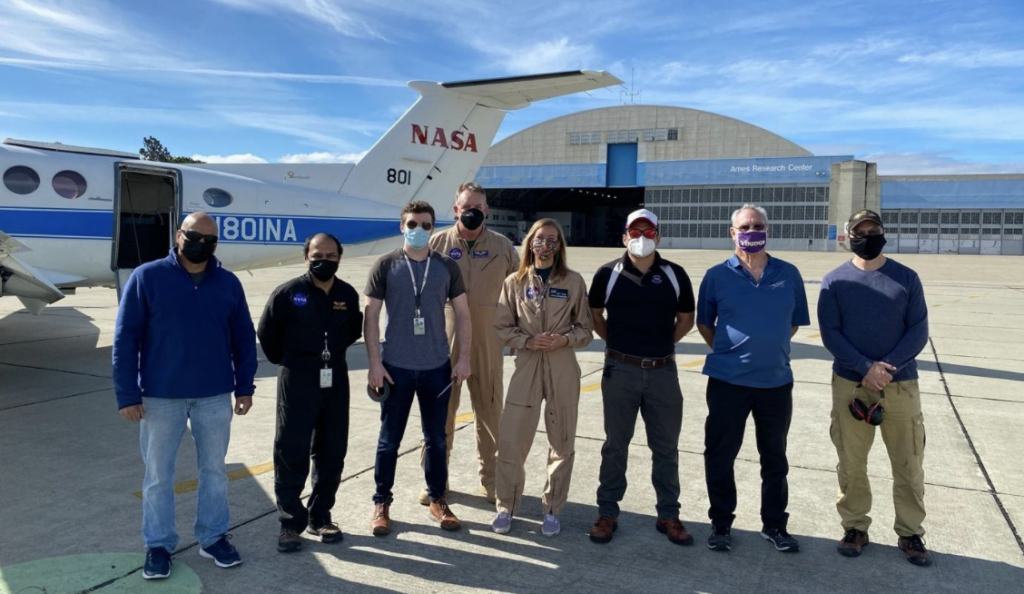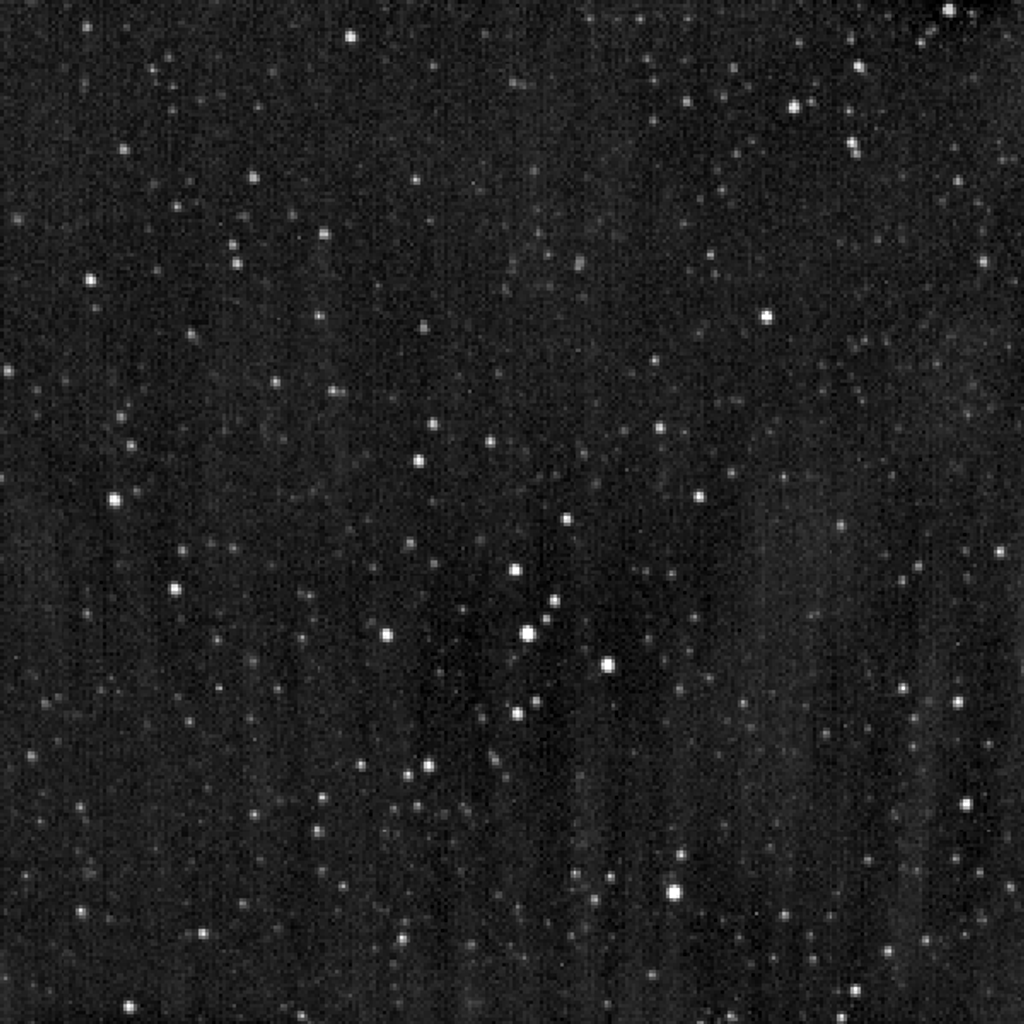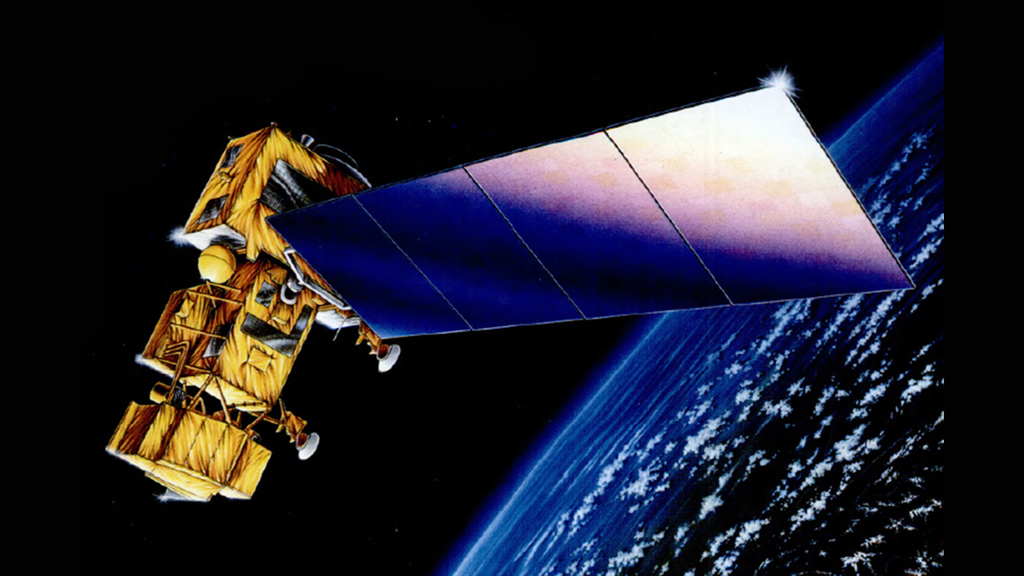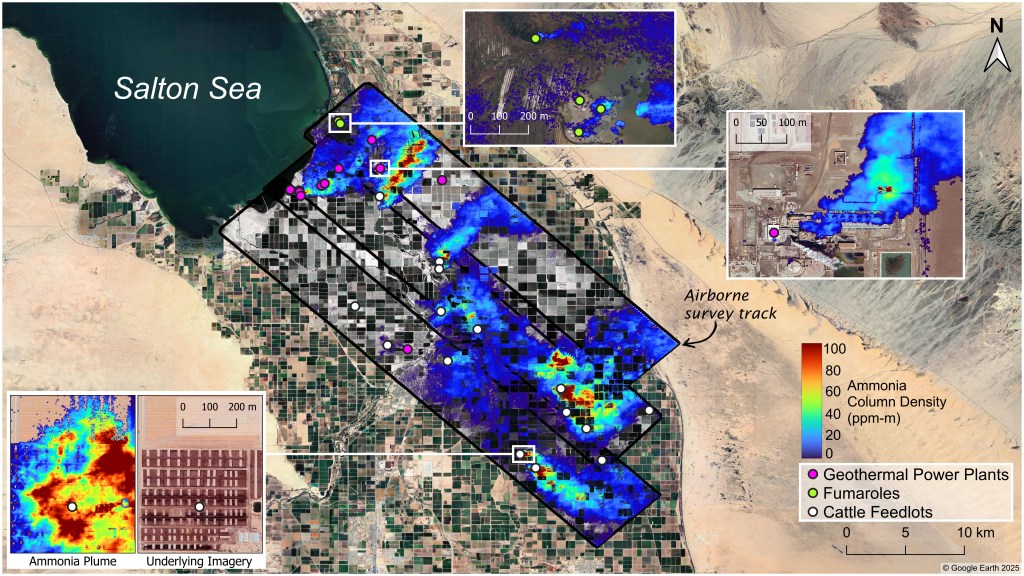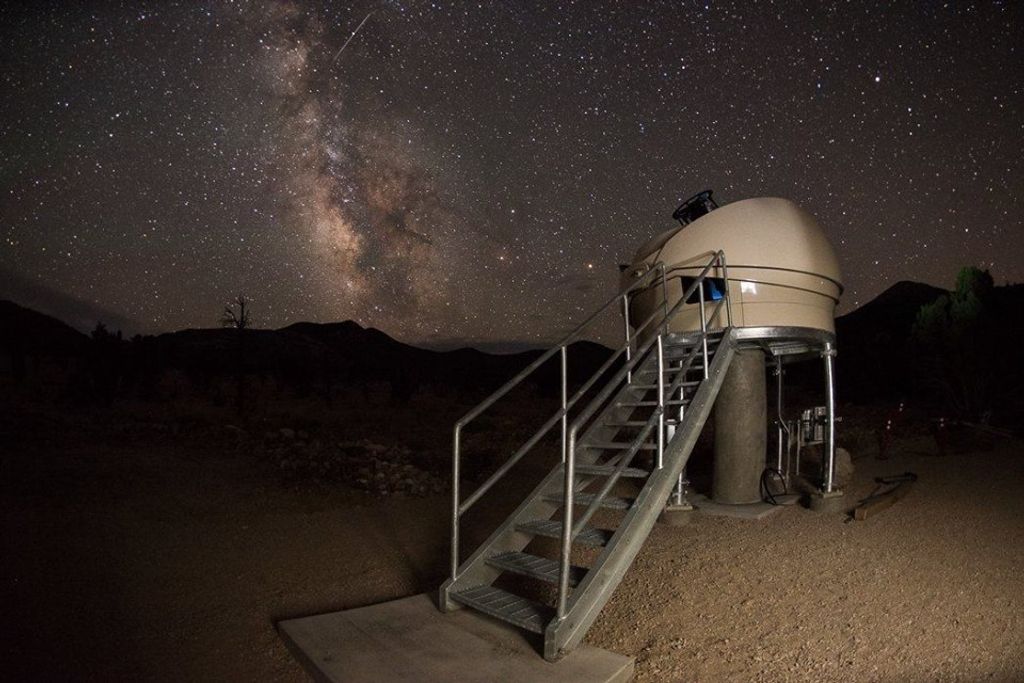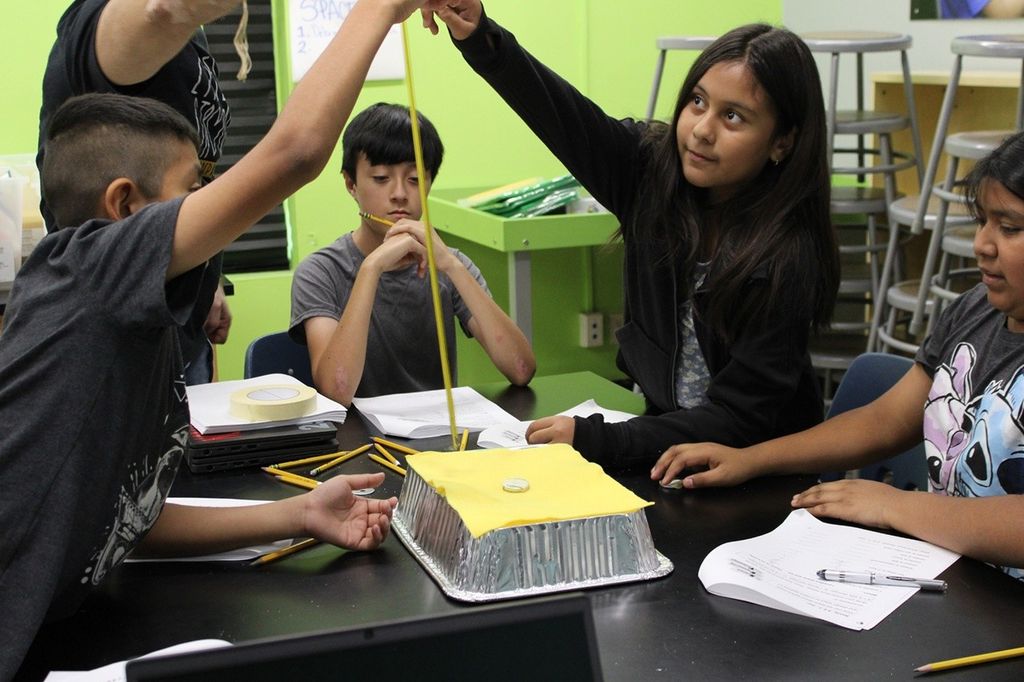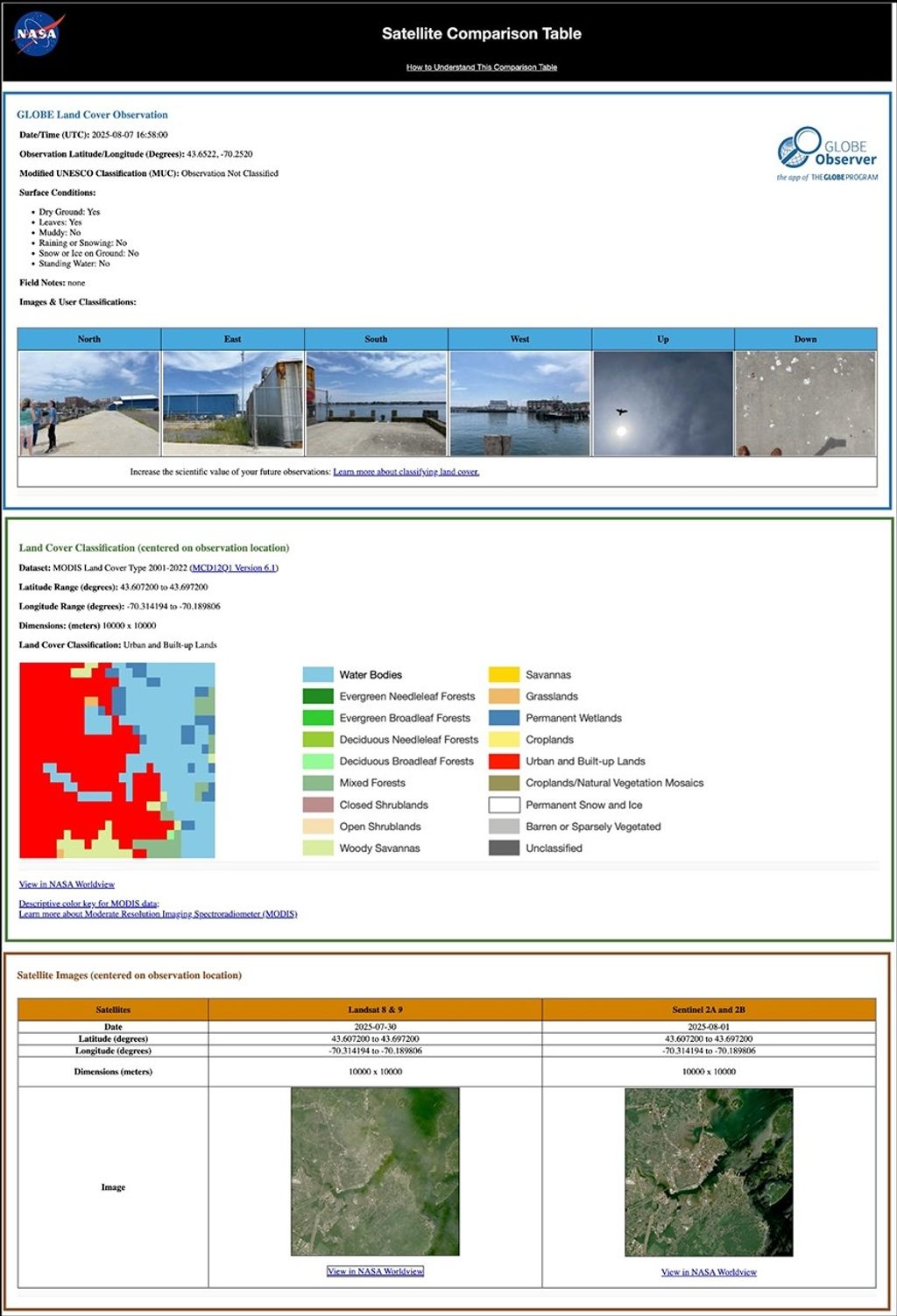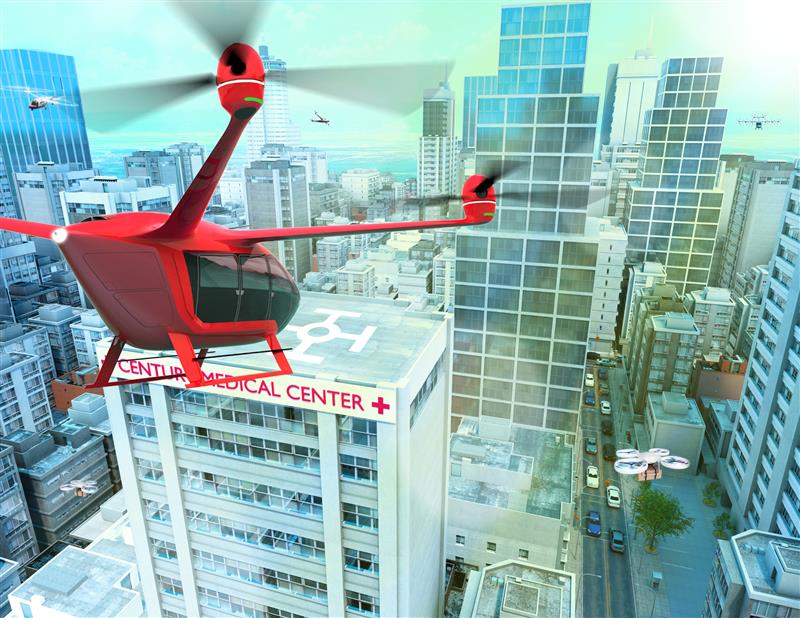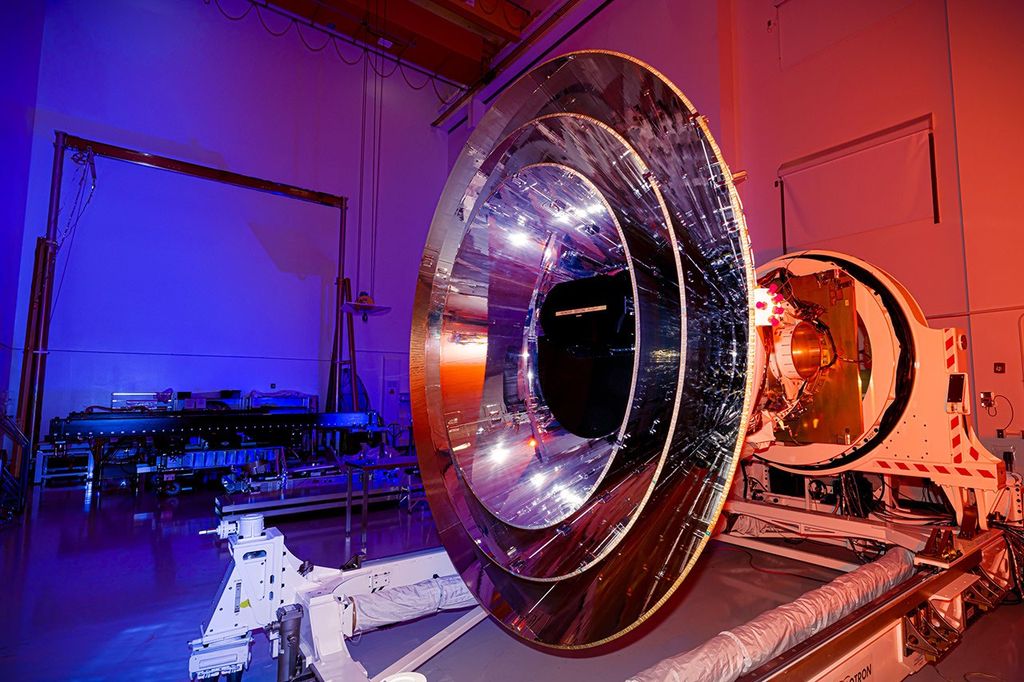Unexpected Turbulence for the S-MODE Airborne Instruments
By Dragana Perkovic-Martin, Principal Investigator for DopplerScatt at NASA’s Jet Propulsion Laboratory // SOUTHERN CALIFORNIA //
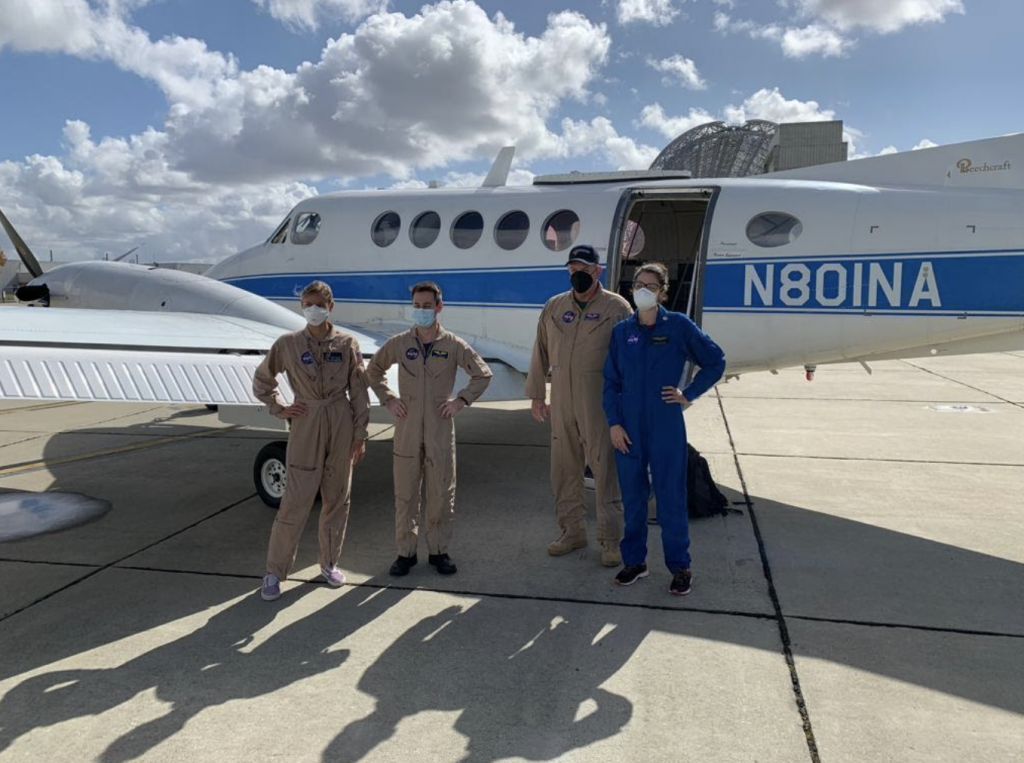
10/25/2021
The first message I read this morning is that Ernesto, one of the deputy Principal Investigators on the S-MODE project and our project scientist for DopplerScatt, has succumbed to food poisoning. So, I am going to be making all of the decisions today. I guess I am ready…
We proceeded with our DopplerScatt morning meeting and made some tentative decisions about the flights this week and then went to the flight briefing to stress the importance of flight tracks today and what to nix in case of low fuel. As I was updating the S-MODE control center briefing package about the week’s forecast, Ernesto came back into play. One thing I can say is that we anticipated very well in the decisions we made in the early morning, so I guess I know how to impersonate!
Today’s flight plan focuses on the same area of the S-MODE polygon as last week – the north-western boundary where the cold filament is collapsing under the warm water.
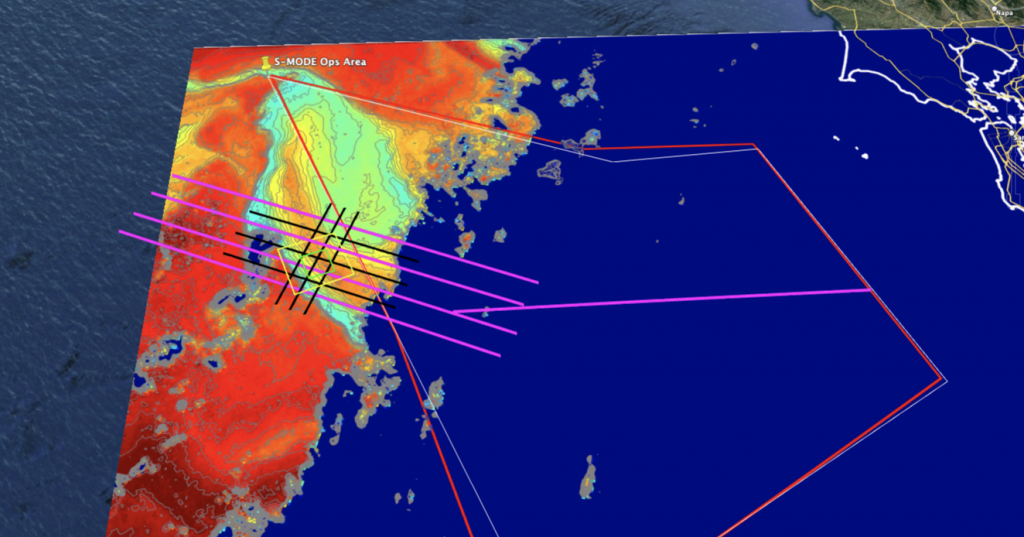
The flight is another combination of the King Air B200 and Twin Otter, with the Saildrones down below. All of our assets are active at this time! The first reports from the King Air B200 show the weather is favorable for another excellent day of data collection.
But… we had an unexpected power shutdown on board the aircraft for all instruments. While the power was restored immediately and the MOSES camera came back online quite quickly, the DopplerScatt instrument was slow to get out of bed. Typically, the instrument is powered before takeoff and we only enable radar signal transmission through the antenna once we are at safe altitude, which takes seconds. After about 20 minutes DopplerScatt was restored to its previous state and continued to collect data. We were thrilled on the ground and up in the air! Alas, that was not the end of our troubles…
DopplerScatt requires precise knowledge of its position and orientation so that its radar data that it collects can be processed on board and on the ground. These data are what we call navigation data and they come from a Global Positioning System/Inertial Motion Unit (basically a GPS) instrument aboard the DopplerScatt instrument. After the power on, DopplerScatt was unable to process data onboard. Post landing data were transferred to a ground server where they will be evaluated for usability.
Looking at the glass half full, the King Air B200 completed all of its planned flight tracks, and MOSES recovered from the power down and collected data almost uninterrupted. DopplerScatt at most lost 25% of its collection – which is not too shabby. We are hoping the planned flight for tomorrow will be less eventful than the one we had today. We like excitement, but not of this kind.
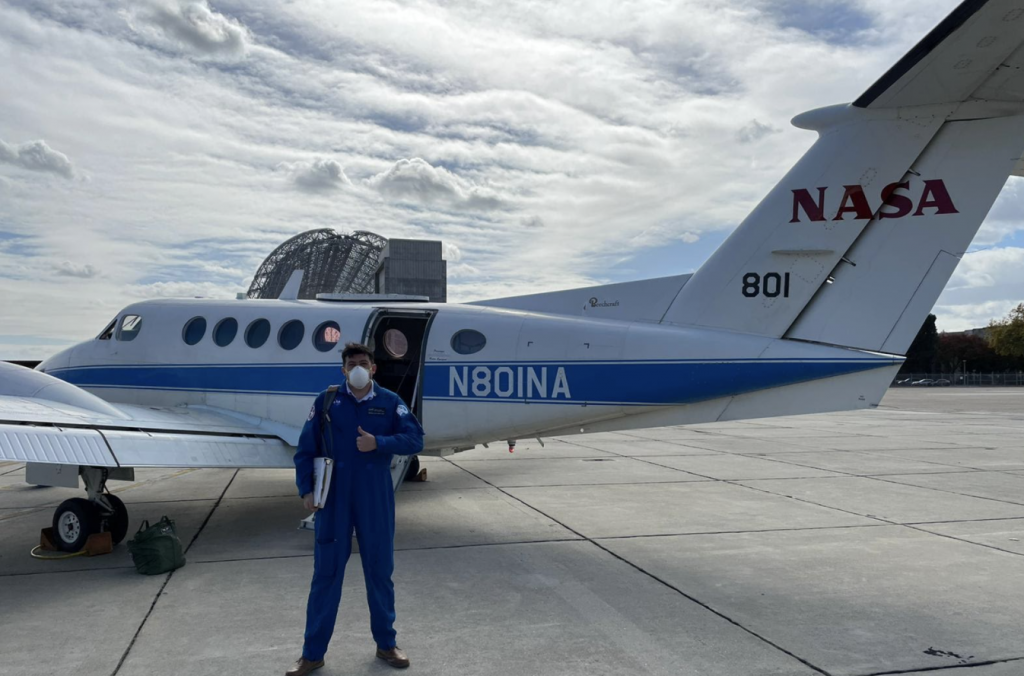
10/26/21
We are back at it and preparing for the new flight. Today’s plan was for DopplerScatt to survey a wider area to try and see which new feature the S-MODE experiment should focus on. After lots of discussion of how to manage a sudden shutdown onboard, Hector Torres is back at the DopplerScatt “driver seat” – this time on his own with the pilots because the weather is poor for optical measurements, so we decided not to use MOSES today.
DopplerScatt was reported as good to go and the aircraft took off. The next message was something that none really wanted to receive…. The aircraft was reporting a bleed air flow – essentially reporting that they would have pressurization issues. Rather serious stuff. We anxiously watched the aircraft descend and come back to Moffett Field, thankfully landing safely and Hector reported all was well with him and instrument.
The next day we are in much better shape than yesterday! The aircraft has been repaired and is ready to go for the next flight. We have also recovered the navigation data from the flight on October 25, so now we know that we will be able to process all of the radar data from this flight.
10/28/2021
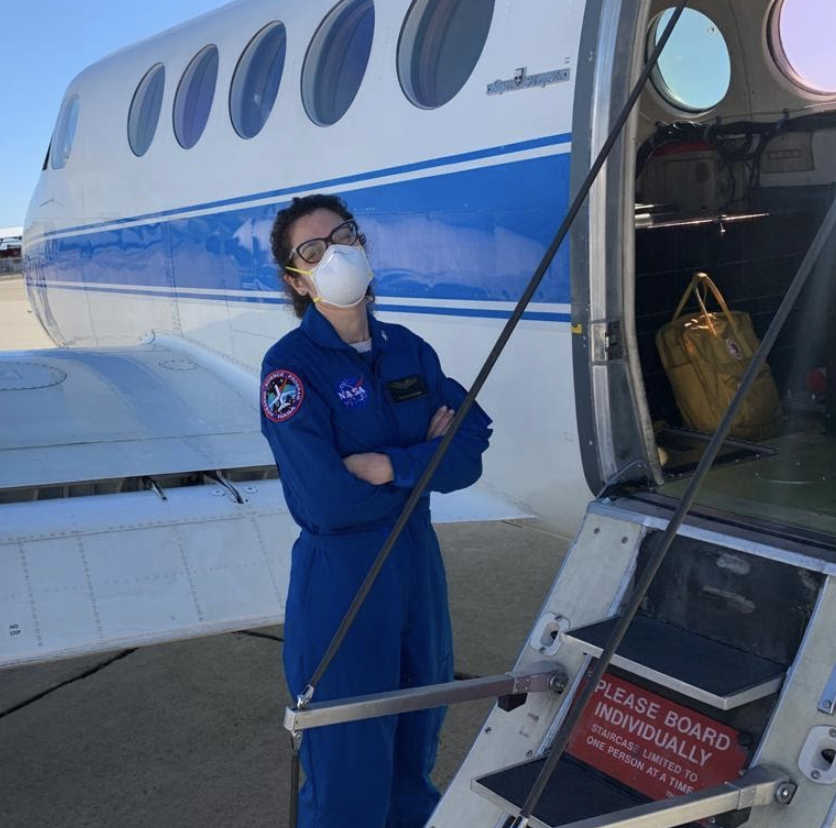
At 1pm today we’re cleared for takeoff. Today’s data collection is at full strength, with all S-MODE assets collecting data. This is the first time during the campaign that we’re using all of the assets at once, so it is a big day. Of course – we are just learning how difficult it is to forecast fog…. While DopplerScatt and our in-water assets are fine, our optical remote sensing instruments MASS and MOSES are having a hard time today trying to find a place with good visibility.
While the fog did create issues for the MOSES camera, DopplerScatt had a stellar day! The flight was centered on the new area of the S-MODE study area and we collected some very exciting data. DopplerScatt seems to have captured a cold front of water where we expected, but we need to upload the data into our computer to process it before we can tell if what we’re seeing is real, or if the DopplerScatt team has an overly active imagination.
Here is the happy crew and a few additional folks who joined the post-flight festivities!
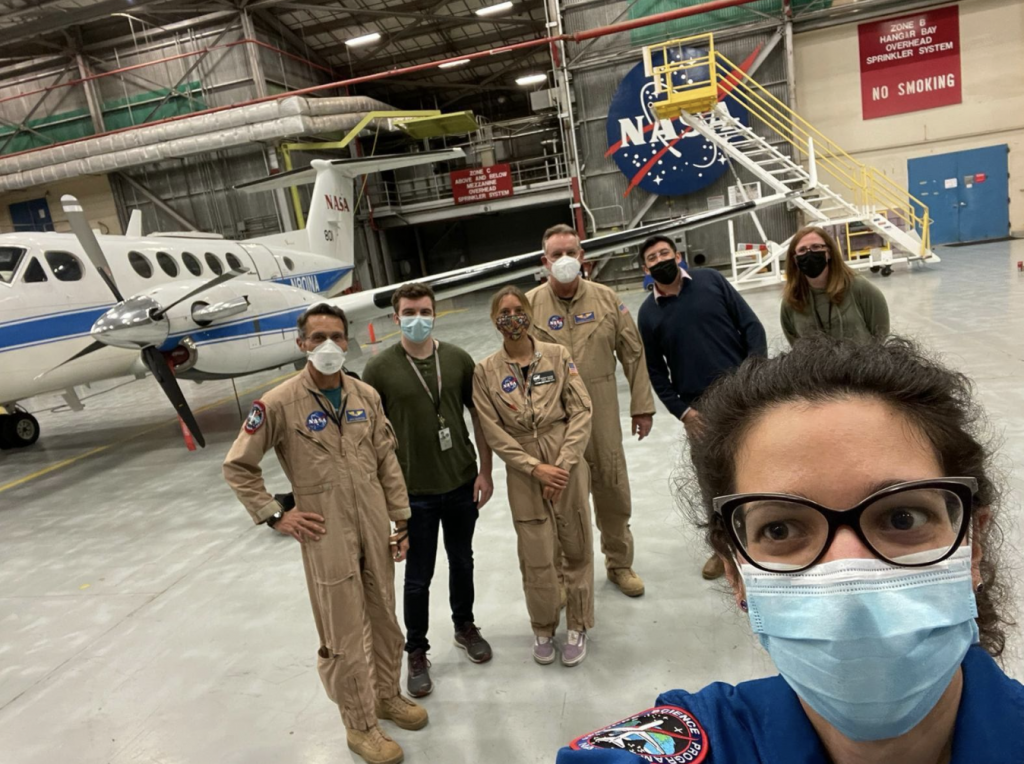
10/29/21
Talk about last minute changes….. Folks aboard the Twin Otter aircraft reported that they found an area with no fog, however that area was the one that the B200 King Air would visit last in today’s flight. If we wait too long then the area may get covered by fog and clouds and MOSES would not be able to see through them. Thanks to our newly-installed satellite communication link on the B200 King Air, we messaged the pilots and asked that they change the order of the flight tracks today. Just after takeoff they confirmed this would be possible, and the science team went wild. The images we received from the flight tell us that we were correct to change this order – so phew! We are now glued to our screens following the flights as well as in-water measurements. Today we have the full set of gizmos in the field!
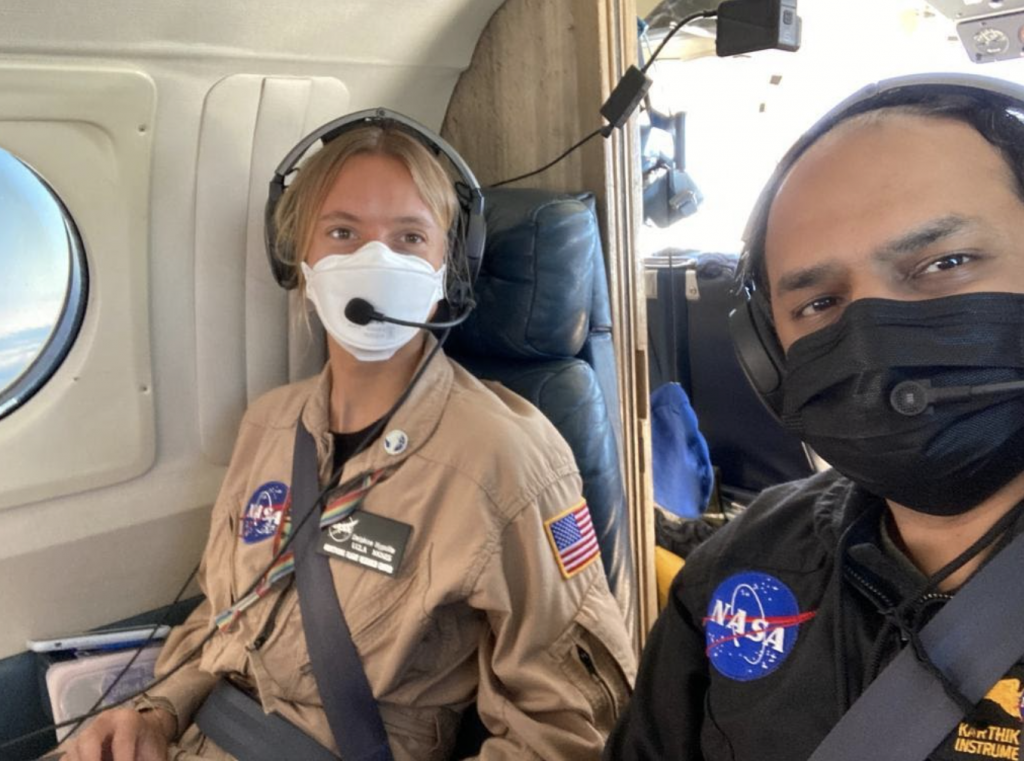
While flight planning and execution was very dynamic and fun, there was another great accomplishment today. We produced our “quick look” data images overnight! What we call quick look images are data products that we crunch as soon as possible after the flight, using the on-board processed data as a starting point. These results have not been through the full calibration and quality check rigor that we usually apply, so they are preliminary. However, they are very important so that the team gets an idea of what is happening, and the products are used for planning activities the next day.
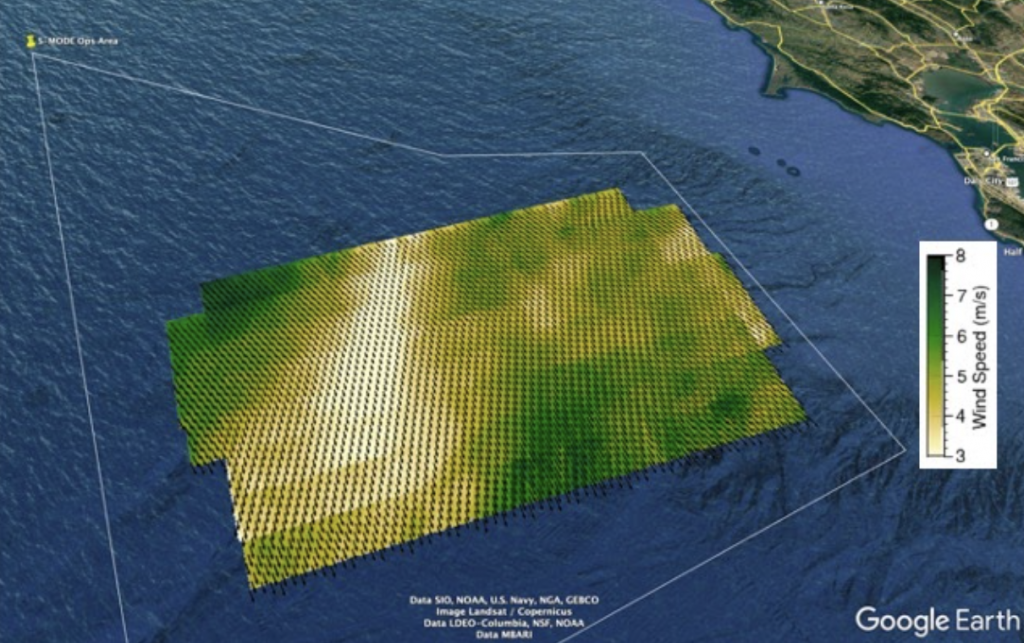
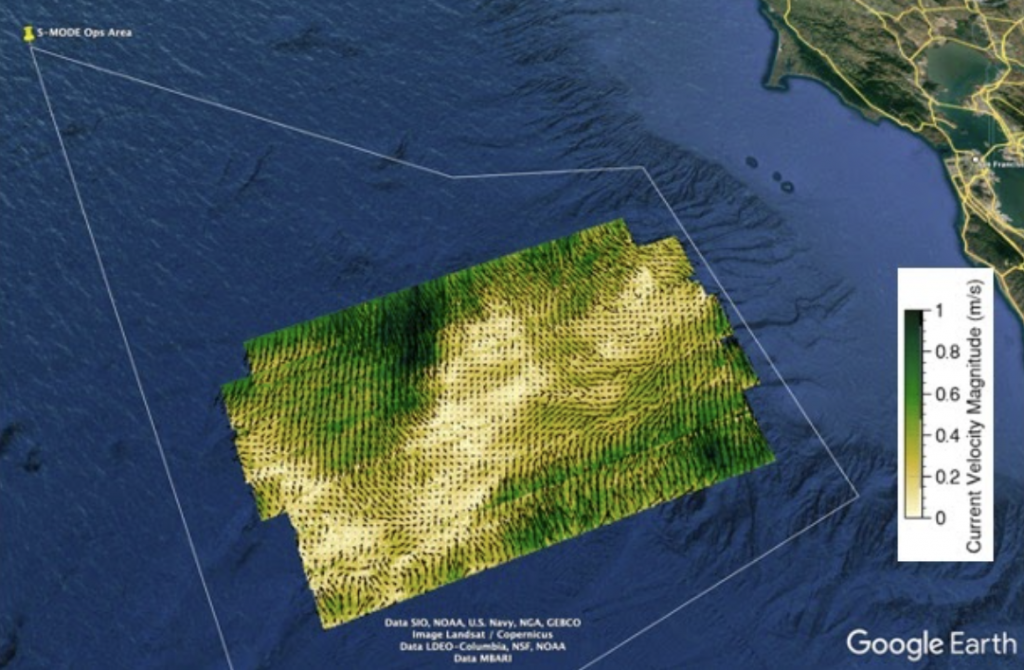
10/30/21
The hinge between the monitor and keyboard failed us today. Nothing that cannot be fixed, thankfully. It just seems that we need to give our DopplerScatt instrument some TLC when we are back in our lab.
Today was another super successful collection at full S-MODE strength. The research vessel, Oceanus, made planned measurements while the Wave Gliders and Saildrones fought the currents and winds to make transects through the area of interest. The Twin Otter aircraft flew in concert with the B200 King Air and collected data spaced very close in time with DopplerScatt. The MOSES instrument managed some measurements in gaps between the clouds and fog. But the highlights of the day were the quick look products from DopplerScatt within an hour and a half from the collection – all hail our data processing gurus Alex and Ernesto!
10/31/2021
While many were out trick-or-treating for Hallowen, the B200 King Air gave us several tricks. Several issues sprung up, however, due to some rather swift actions of the ground crew the takeoff delay amounted to only a half hour. DopplerScatt collected data at the same time as the Twin Otter flights and MASS instrument collections, so we have lots of intercomparisons to look forward to.
Tomorrow is a down day for the crew to rest. There will be no flight so we can ensure that we can fly every day for the rest of the campaign.
